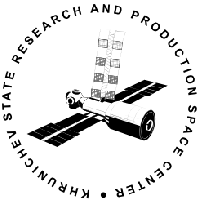/
Astra 2A
Launch Success
Liftoff Time (GMT)
00:31:00
Sunday August 30, 1998
Mission Details
Astra 2A
SES ordered its Hughes 601 satellites, in 1994 for Astra 1G; in 1995 for Astra 1H; and in 1996 for Astra 2A. In August 1999, SES ordered Astra 2C, another Hughes 601HP The Hughes 601 satellite was designed for the higher-power missions of the 1990s. The model was introduced in 1987 to meet anticipated requirements for high-power, multiple-payload satellites for such uses as direct television broadcasting to small antennas, mobile communications, and private business networks. All the satellites operate in the Ku band and use traveling-wave tube amplifiers (TWTAs) for power. The TWTAs provide 100 Watts on Astra 1G and 1H, and 98.5 Watts on Astra 2A. Astra 1G, 1H, and 2A will have a minimum of 28 active transponders with 32 being available for the first five years. The satellites enable SES to provide analog and digital television programs together. Most operate at 19.2 degrees East longitude. On Astra 1C, the 18 transmission frequencies can be selected on-orbit from 34 possibilities. On 1G, 1H, and 2A 56 possibilities are available, most in the BSS band. Because each spacecraft will provide an effective isotropic radiated power (EIRP) typically 51 dBW, these satellites deliver video and audio signals strong enough to be received by existing 60-cm dishes.
Geostationary Earth Orbit
1 Payload
3,626 kilograms
Rocket


Manufacturer
KhrunichevRocket
Height: 57.64m
Payload to Orbit
LEO: 19,000 kg
GTO: 2,500 kg
Liftoff Thrust
9,548 Kilonewtons
Fairing
Diameter: 4.35m
Height: 10.4m
Stages
4
Launch Site
Stats
Proton-K
253rd
Mission
4th
Mission of 1998
1998
53rd
Orbital launch attempt